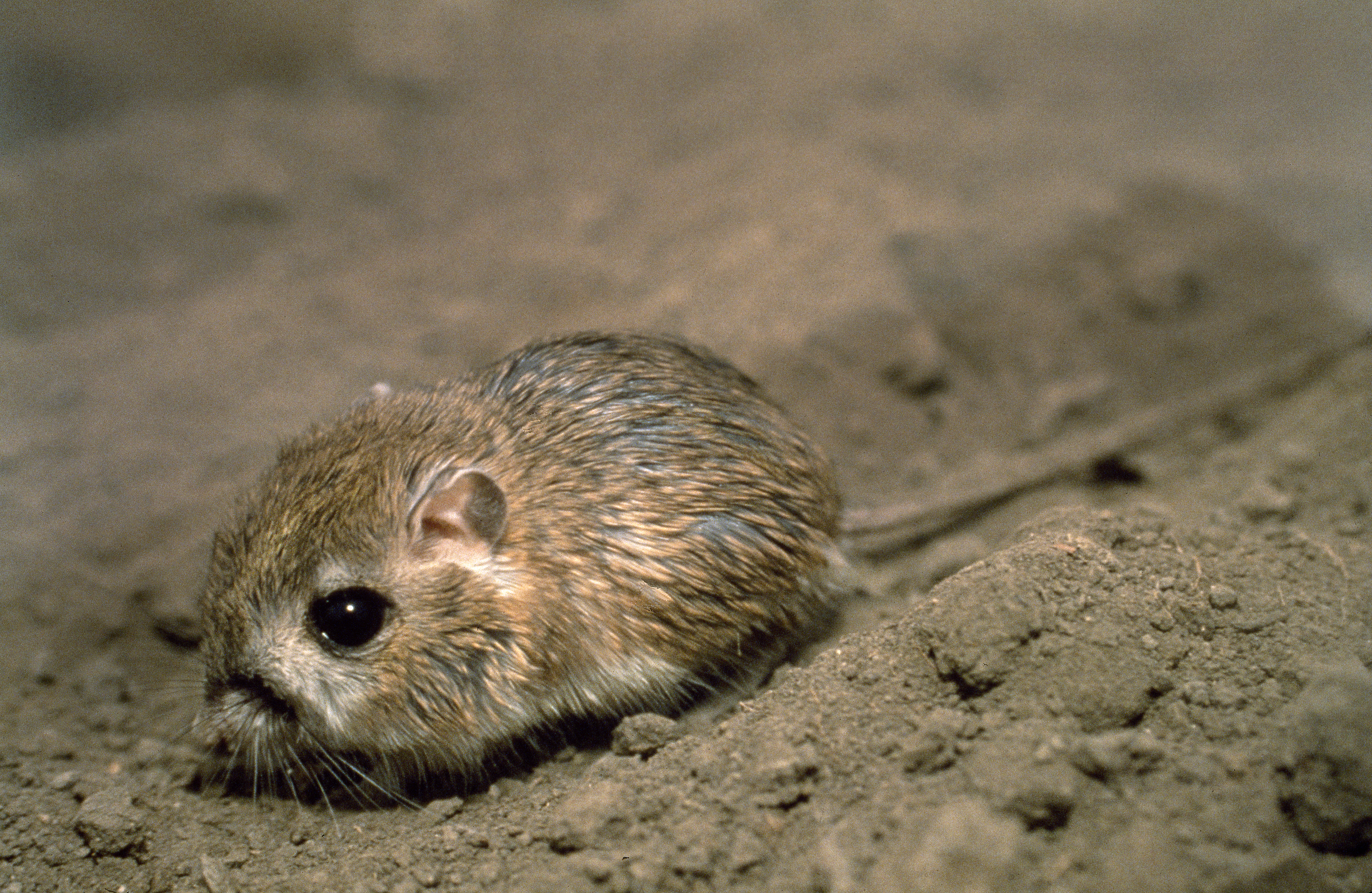|
Facultative Bipedalism
A facultative biped is an animal that is capable of walking or running on two legs (bipedal), as a response to exceptional circumstances (facultative), while normally walking or running on four limbs or more. In contrast, obligate bipedalism is where walking or running on two legs is the primary method of locomotion. Facultative bipedalism has been observed in several families of lizards and multiple species of primates, including sifakas, capuchin monkeys, baboons, gibbons, gorillas, bonobos and chimpanzees. Different facultatively bipedal species employ different types of bipedalism corresponding to the varying reasons they have for engaging in facultative bipedalism. In primates, bipedalism is often associated with food gathering and transport. In lizards, it has been debated whether bipedal locomotion is an advantage for speed and energy conservation or whether it is governed solely by the mechanics of the acceleration and lizard's center of mass. Facultative bipedalism is ofte ... [...More Info...] [...Related Items...] OR: [Wikipedia] [Google] [Baidu] |
Bipedal
Bipedalism is a form of terrestrial locomotion where an organism moves by means of its two rear limbs or legs. An animal or machine that usually moves in a bipedal manner is known as a biped , meaning 'two feet' (from Latin ''bis'' 'double' and ''pes'' 'foot'). Types of bipedal movement include walking, running, and hopping. Several groups of modern species are habitual bipeds whose normal method of locomotion is two-legged. In the Triassic period some groups of archosaurs (a group that includes crocodiles and dinosaurs) developed bipedalism; among the dinosaurs, all the early forms and many later groups were habitual or exclusive bipeds; the birds are members of a clade of exclusively bipedal dinosaurs, the theropods. Within mammals, habitual bipedalism has evolved multiple times, with the macropods, kangaroo rats and mice, springhare, hopping mice, pangolins and hominin apes (australopithecines, including humans) as well as various other extinct groups evolving the t ... [...More Info...] [...Related Items...] OR: [Wikipedia] [Google] [Baidu] |
Kangaroo Rat
Kangaroo rats, small mostly nocturnal rodents of genus ''Dipodomys'', are native to arid areas of western North America. The common name derives from their bipedal form. They hop in a manner similar to the much larger kangaroo, but developed this mode of locomotion independently, like several other clades of rodents (e.g. dipodids and hopping mice). Description Kangaroo rats are four or five-toed heteromyid rodents with big hind legs, small front legs, and relatively large heads. Adults typically weigh between Nader, I.A. 1978"Kangaroo rats: Intraspecific Variation in ''Dipodomus spectabilis'' Merriami and ''Dipodomys deserti'' Stephens" ''Illinois biological monographs''; 49: 1-116. Chicago, University of Illinois Press. The tails of kangaroo rats are longer than both their bodies and their heads. Another notable feature of kangaroo rats is their fur-lined cheek pouches, which are used for storing food. The coloration of kangaroo rats varies from cinnamon buff to dark gray, ... [...More Info...] [...Related Items...] OR: [Wikipedia] [Google] [Baidu] |
Vertical Clinging And Leaping
Vertical clinging and leaping (VCL) is a type of arboreal locomotion seen most commonly among the Strepsirrhini, strepsirrhine primates and Haplorrhini, haplorrhine tarsiers. The animal begins at rest with its torso upright and elbows fixed, with both hands clinging to a vertical support, such as the side of a tree or bamboo stalk. To move from one support to another, it pushes off from one vertical support with its hindlimbs, landing on another vertical support after an extended period of free flight. Vertical clinging and leaping primates have evolved a specialized anatomy to compensate for the physical implications of this form of locomotion. These key morphological specializations have been identified in prosimian fossils from as early as the Eocene. Vertical clinging and leaping primates Vertical clinging and leaping has only been observed in primates, and primarily in prosimians. A few anthropoids have been observed to engage in this behavior, such as Saki monkey, ''Pith ... [...More Info...] [...Related Items...] OR: [Wikipedia] [Google] [Baidu] |


